Work faster.
Get started immediately with our ready-to-use templates that comply with the latest technical documents & datasheets (SCIOS).


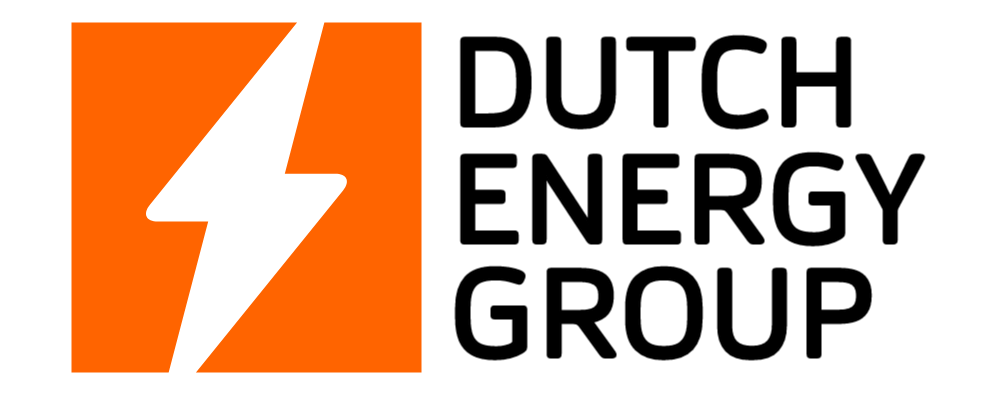
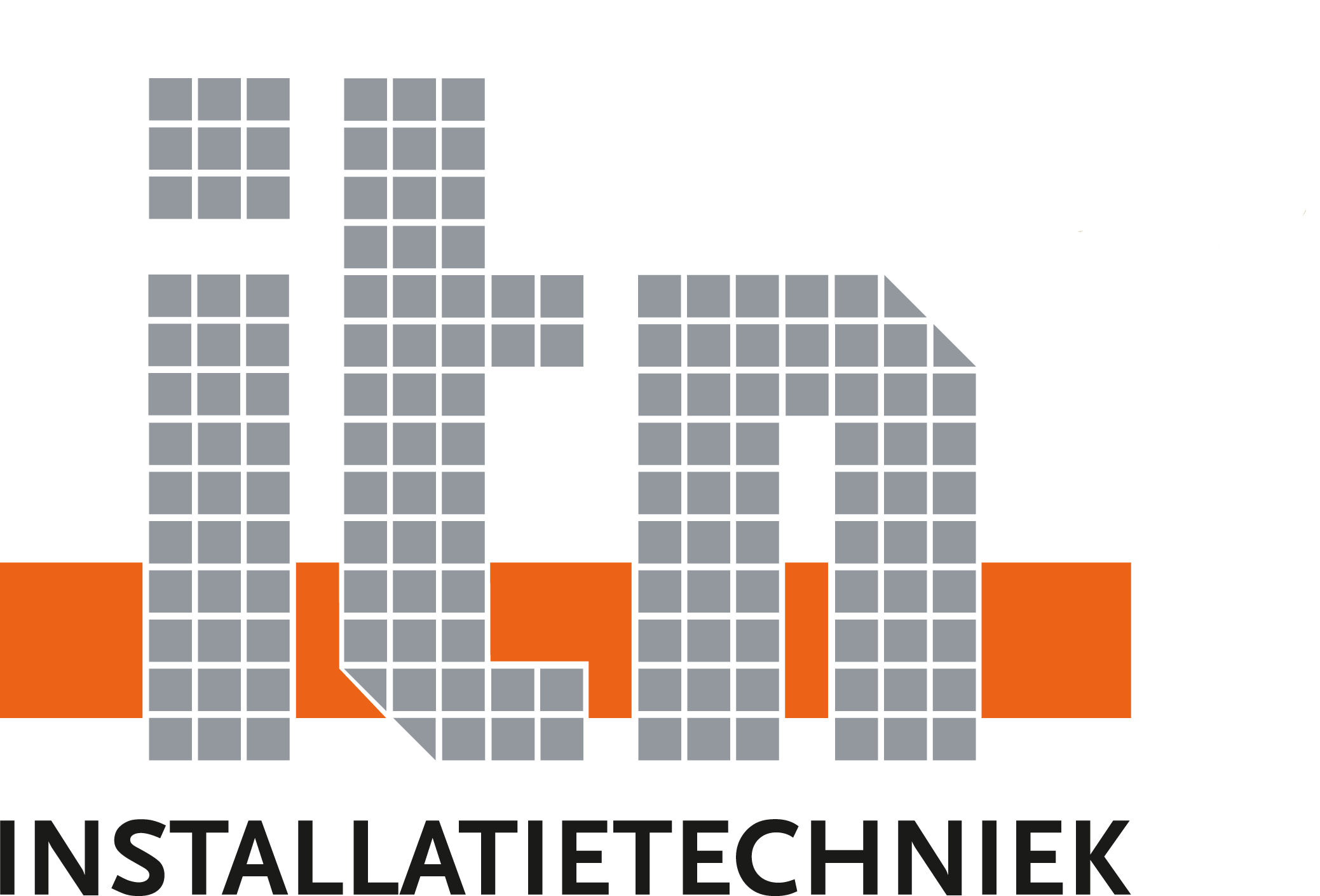
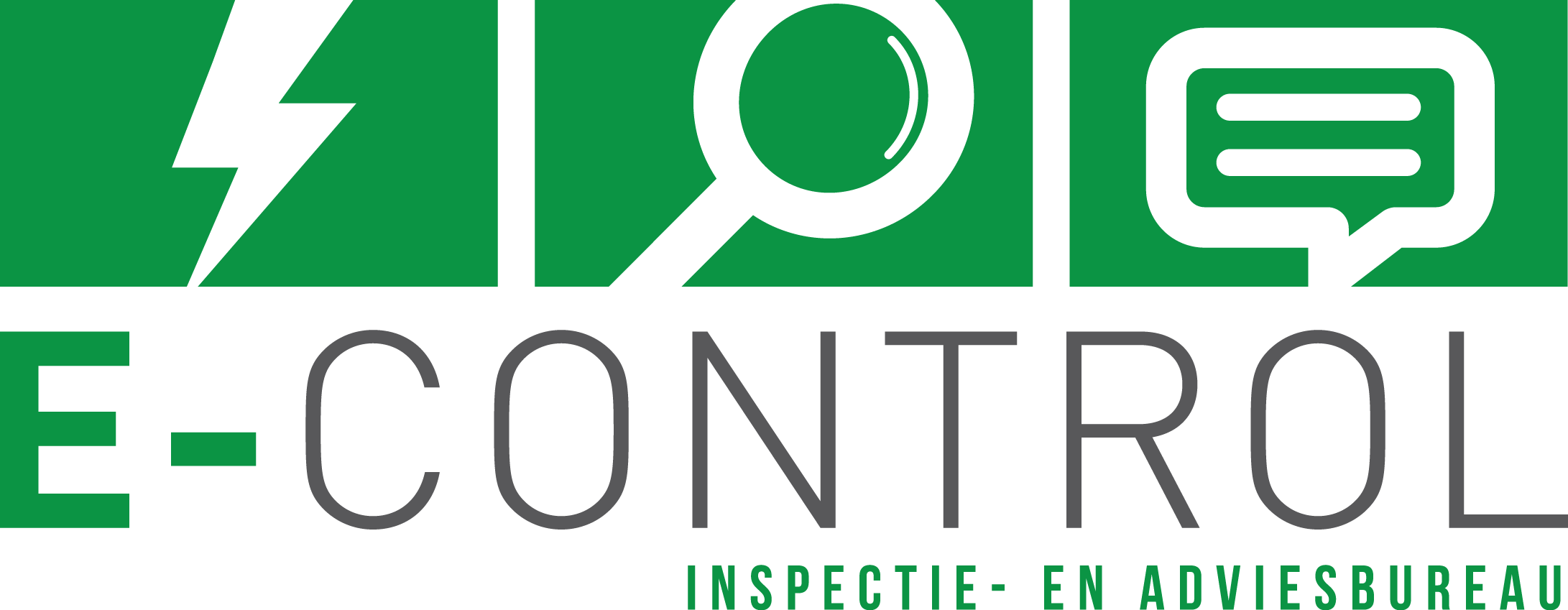
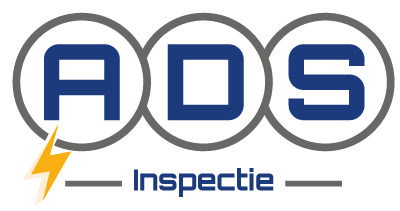
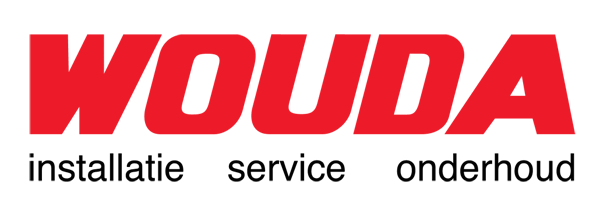


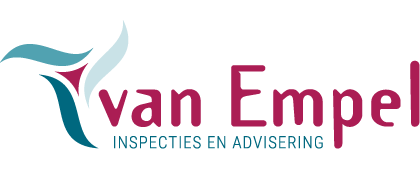

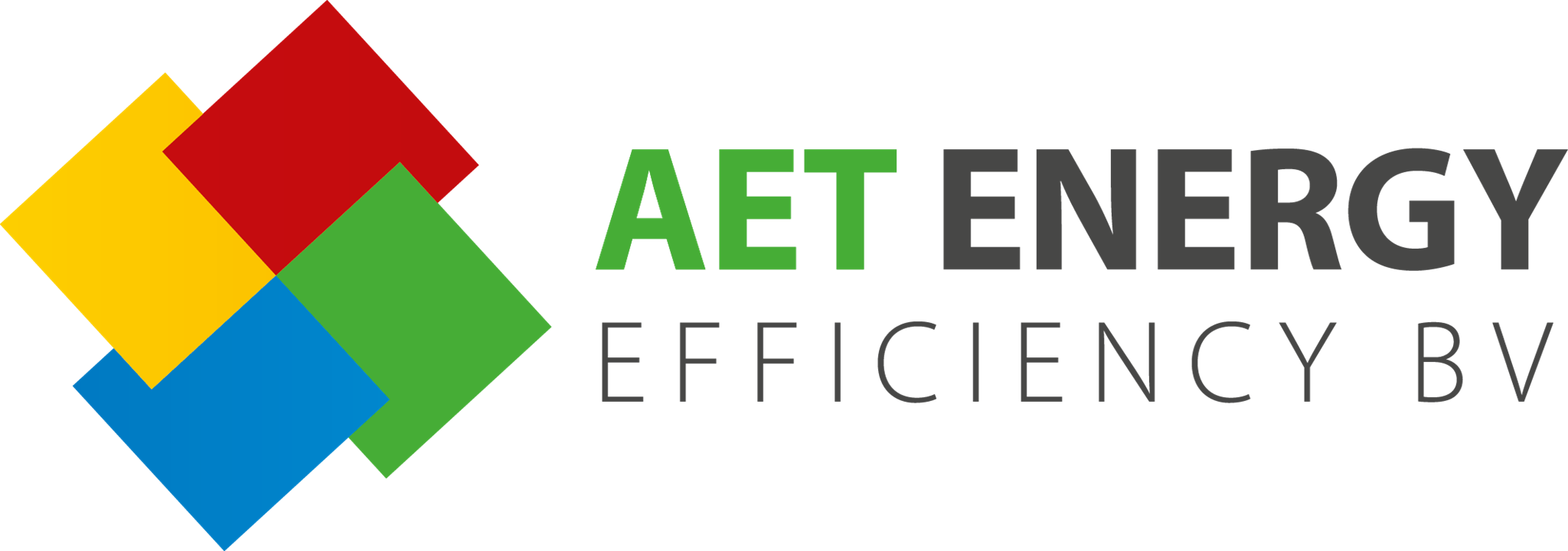
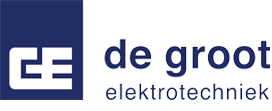



Get started immediately with our ready-to-use templates that comply with the latest technical documents & datasheets (SCIOS).
All your data is immediately digital: no more wasting time transferring your paper notes. Plus, you gain better insight into your data.
No more errors from lost papers or unreadable text. You can also take and add photos directly within the app to your reports.
Get started immediately with our ready-to-use templates that comply with the latest technical documents & datasheets (SCIOS).
All your data is immediately digital: no more wasting time transferring your paper notes. Plus, you gain better insight into your data.
No more errors from lost papers or unreadable text. You can also take and add photos directly within the app to your reports.
As a SCIOS-certified (or aspiring) inspector, you conduct Scope 10 inspections to assess the fire safety of electrical equipment. Since the NEN 1010 and 3410 standards are insufficient to address fire hazards, the NTA 8220 has been developed as a widely accepted assessment methodology.
Start working immediately as a Scope 10 inspector with our ready-to-use inspection forms, fully prepared in accordance with TD14 and IB22: the inspection plan, inspection report, and repair report. Additionally, the quotation and notification report are available to further digitize your processes.
.webp?width=866&height=930&name=Scope-10%20(brandveiligheid).webp)

The SCIOS Scope 10 inspection follows a documented inspection plan that serves as a guideline for conducting the inspection. While each inspection is unique, the plan provides standardized frameworks that objectively define the execution and content of the inspection.
With our ready-to-use Scope 10 inspection plan, both you and your client will know exactly what to expect from the inspection in advance. Once you have completed the inspection plan, you can easily import the data into the inspection report. This saves time by entering the data only once, contributing to a more efficient and faster workflow.
After receiving approval from your client on the inspection plan, you begin the Scope 10 inspection. During the inspection, you check the insulation resistance of each component in the installation, ensure the safe separation of electrical circuits, and measure the circuit impedance within the power network. All identified deviations, faults, and defects are categorized according to the IB22 classification established by the SCIOS Foundation.
Your work becomes smarter, faster, and more accurate with features such as automatic IB22 classification, a voltage drop calculation tool, an integrated standard defect list, and reference tables. These tools enable you to quickly and efficiently compile your own professional reports.


During the Scope 10 inspection, you create a report outlining the findings. In this report, you highlight specific issues that need to be corrected by an installer. A re-inspection is then conducted to assess and verify whether the previously identified problems have been properly addressed.
Incontrol E-Inspections streamlines this process by automatically integrating the identified defects and measurement values from the initial inspection into your correction report. Our digital tool provides a clear comparison by placing the original and new measurements side by side. With our ready-to-use re-inspection forms, you eliminate redundant tasks, ensuring a smooth and efficient process.
Once your inspection is complete, you can digitally sign the report instantly. With just one click, you send the professional inspection report, fully customized in your own branding, including your company logo, via email to both your client and yourself.
Sleek, professional, and immediately taken care of!

Work in accordance with SCIOS Scope, NEN, and/or NTA standards. Updates are processed into your inspections every 6 months
Designed for use in high-risk environments. Incontrol is ISO 27001 certified, fully GDPR-compliant, and supports the requirements of the NIS2 directive.
Inspectors using Incontrol
E-Inspections are successfully audited by Kiwa and Bureau Veritas.
Easily add and edit photos, and incorporate them into your reports.
Work wherever and whenever you choose on your laptop, tablet, or smartphone within your own digital environment.
Sign forms with a legally valid digital signature.
Work in accordance with SCIOS Scope, NEN, and/or NTA standards. Updates are processed into your inspections every 6 months
Designed for use in high-risk environments. Incontrol is ISO 27001 certified, fully GDPR-compliant, and supports the requirements of the NIS2 directive.
Inspectors using Incontrol
E-Inspections are successfully audited by Kiwa and Bureau Veritas.
Easily add and edit photos, and incorporate them into your reports.
Work wherever and whenever you choose on your laptop, tablet, or smartphone within your own digital environment.
Sign forms with a legally valid digital signature.

"There was an agreement that we had to submit an inspection report within 24 hours. Thanks to the digital templates, we were the only party to send a report within a day."
Bert Ammerlaan

SCIOS (Systeemcertificatie Inspectie en Onderhoud van Systemen) is a Dutch certification scheme that sets standards for the inspection and maintenance of technical systems, including electrical and heating systems. It's important to note that the guidelines for SCIOS certification may differ by country.
A Scope inspection is an electrotechnical assessment certified by SCIOS. There are various types of inspections, such as Scope 8, 10, and 12, which focus on tasks like verifying the safety of electrical installations (Scope 8) or identifying fire risks (Scope 10). It is important to note that requirements for these inspections may vary depending on the country.
A SCIOS Scope 10 inspection is a certified method for assessing the fire safety of electrical installations and connected equipment. To conduct a SCIOS Scope 10 inspection, it is mandatory to prepare a Scope 10 inspection plan in advance.
During a SCIOS Scope 10 inspection, the inspector identifies defects. With a standard defect list, the inspector can select components when a deviation is detected. The defect list includes items such as installation materials, fixtures, bonding, residual current devices, measurements, and more.
The SCIOS Scope 10 inspection is based on the NTA 8220 standard. Scope 10 was developed in collaboration with the electrical industry organizations, SCIOS, and the insurance sector. It assesses the fire risk associated with electrical equipment.
Technical Document 14 is part of SCIOS Scope 10 and outlines the requirements for inspecting electrical equipment for fire risks. It is linked to the main document and is part of the 'Electrical Equipment' sub-regulation.
*The complete main document can be found in the SCIOS portal.
To perform Scope 10 inspections as an employee of a SCIOS-certified company, a Scope 8 diploma is required. Your company must demonstrate to the certification body that it operates with the SCIOS quality system, and the employee must show to the certification body that they can work with this quality system and are professionally competent. Certification will only be granted to the company once both requirements are met.
As an aspirant, you go through the certification process with a certification body. Companies that meet certain conditions are also authorized to perform SCIOS Scope 10 inspections during this process.
Yes, as an aspirant, you are permitted to conduct Scope 10 inspections.